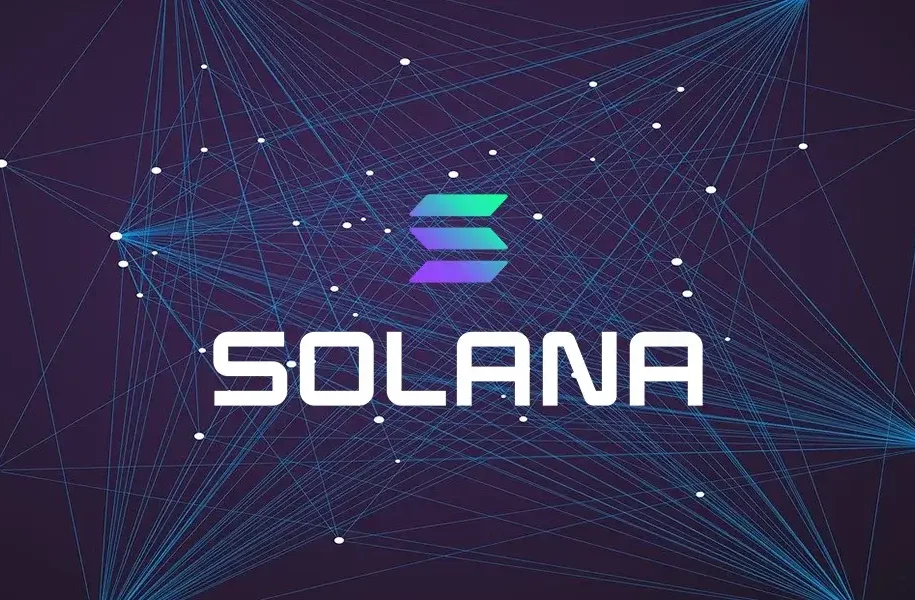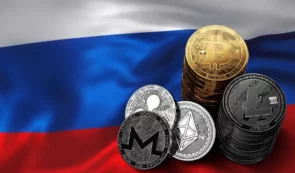Solana vs Ethereum: The Race for Decentralized Dominance

Solana (SOL) and Ethereum (ETH) have transcended their initial roles as mere currencies, morphing into expansive platforms for decentralized applications (dApps).
This metamorphosis has blurred the conventional boundaries between currency and technology, ushering in a new era of financial innovation. While some still view cryptocurrencies solely as mediums of exchange, their intrinsic features such as programmability, interoperability, and self-executing smart contracts have expanded their utility far beyond transactional purposes.
Ethereum has long dominated the landscape of smart contract platforms, but Solana has emerged as a formidable challenger.
Both platforms now operate on proof-of-stake (PoS) consensus mechanisms, signifying a paradigm shift towards energy efficiency and scalability. Ethereum’s transition to PoS, dubbed Ethereum 2.0, represents a concerted effort to address scalability concerns and enhance network efficiency.
In contrast, Solana was engineered from the ground up on PoS, prioritizing high throughput and minimal transaction costs. This focus has garnered substantial traction among users and developers, positioning Solana as a high-performance blockchain platform.
READ MORE: Major Financial Platform Gives Nod to Select Bitcoin ETFs
When comparing Ethereum and Solana, it’s essential to look beyond their monetary values and consider their respective approaches to scalability and transaction speed.
Ethereum’s pivot to PoS aims to bolster its scalability, whereas Solana touts itself as a high-performance solution capable of processing a significantly higher volume of transactions per second.
Recent market trends, such as Solana’s underperformance against Ethereum, underscore investor sentiments favoring Ethereum, possibly influenced by recent network disruptions on Solana.
Ethereum’s entrenched ecosystem and longer operational history afford it a more robust market capitalization and a wider array of dApps.
















